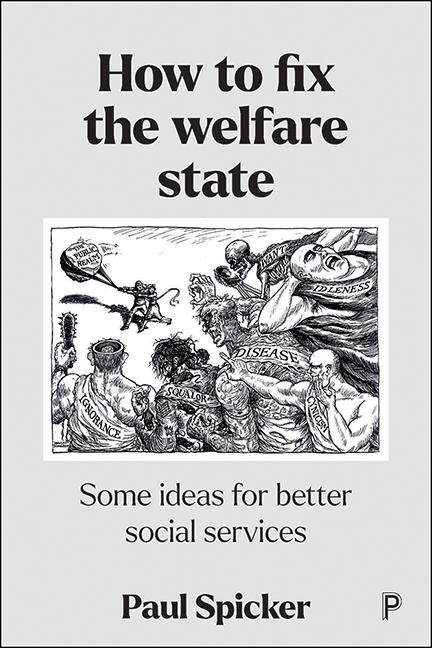Book contents
9 - Equalities and human rights
Published online by Cambridge University Press: 15 September 2022
Summary
Work with ‘equalities’ was not part of the original conception of the welfare state, but a focus on some equalities has since become part of the institutional structure. It is true that major pillars of the welfare state were built in part with the intention of dealing with inequality, mainly understood either in terms of class (as it was in housing and education) or income; and it is also true that other aspects of inequality, notably inequalities in health, have become part of the agenda. ‘Equalities’, for all that there is much about the term that overlaps with inequality of those kinds, address a somewhat different set of issues.
Inequality rests in a relationship of advantage or disadvantage. Saying that people are ‘unequal’ is not the same as saying that they are different; it is a statement than some of them have an advantage over others. A claim for equality between the sexes, for example, does not mean that everyone should be the same sex; it means that women should not be disadvantaged relative to men. And a claim for greater equality for disabled people does not mean that everyone should have the same capacity; it means that people with disabilities should not suffer greater disadvantage because social life is not arranged with them in mind. The pursuit of equality is about the removal of disadvantage.
There are however two key differences between the general concept of ‘equality’ and the specific practice of ‘equalities’. First, ‘equality’ can be, in Rae's terms, ‘individual-regarding’ – looking at the status of each and every person as an individual – or ‘bloc-regarding’, looking at whole groups such as women, minority ethnic groups or LGBT groups. Some of the debates about inequality are mainly concerned with the position of individuals and families – examples are debates about poverty, or living wages, or housing conditions. The main focus of ‘equalities’, by contrast, is bloc-regarding. When we think about such issues as the disadvantage of women, we are comparing one bloc – ‘women’ – to another group – ‘men’. A woman with high income may seek to have disadvantage corrected; a man with lower income may not be able to.
- Type
- Chapter
- Information
- How to Fix the Welfare StateSome Ideas for Better Social Services, pp. 108 - 120Publisher: Bristol University PressPrint publication year: 2022



